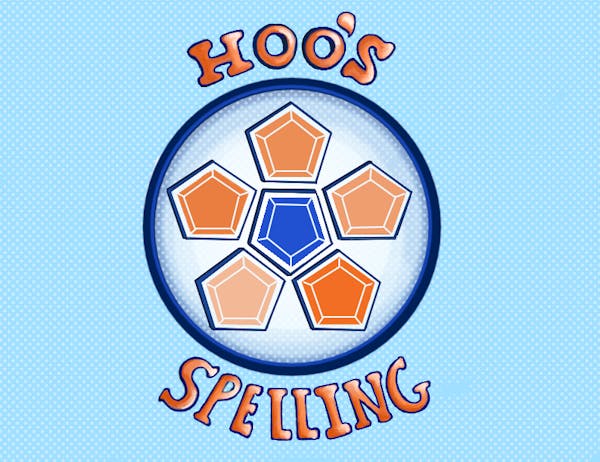Online course evaluations for the fall semester began yesterday through Toolkit, with a new incentive for students to take part.
Due to an initiative started by Student Council, if 65 percent of students fill out their course evaluations this year, students will have access to results.
"The whole point is to get statistically significant information to students so that they know ahead of time what they are getting into," Council President Noah Sullivan said.
Six new questions have been added to all department evaluations that already use an online form, said Daniel Young, chair of academic affairs for Council. For classes that previously did not use online evaluations, these six questions are now available online.
"The Course evaluation data available to students will be something similar to ratemyprofessor.com," Young said.
Council members were on the Lawn yesterday handing out fliers encouraging students to fill out their course evaluations in exchange for public course evaluation data.
"Once people see it, they are very excited about it," Young said.
First-year College student Robyn Walsh said she is enthusiastic about the idea.
"The results will help me decide which classes to take," Walsh said.
The initiative has been in the works for more than five years.
"The primary concern is making evaluation part of the institutional culture," Young said. He said he wants the evaluation process to become natural for all students.
Some faculty expressed concern early in the process that only students who had strong negative feelings would fill out the evaluations. The 65 percent minimum for publication is being used to alleviate that fear, Sullivan said.
Faculty Senate Chair Marcia Childress said she would like to see an even higher response rate.
"I like as much feedback as possible coming to me as a teacher and also going to other students, so I don't have a problem with [the evaluations]," Childress said.
Council is claiming both direct and indirect benefits if students are allowed access to the results.
"The direct results are more information for students, bottom line," Young said.
An indirect benefit might be that faculty receive better evaluations because students will be more likely to give feedback when it more immediately benefits them, Sullivan said.
Young said he worries that some professors may use only in-class paper evaluations and not mention the online component to students.
"The worst thing that could happen would be for very few classes to get the 65 percent and that the information would not be released," Young said.
First-year Engineering student Nick Klicos said he filled out the hard-copy evaluation in class, but did not know there was an online component.
Young encouraged students to check out the course evaluations Web site at www.courseevals.co.nr for more information about the process.






